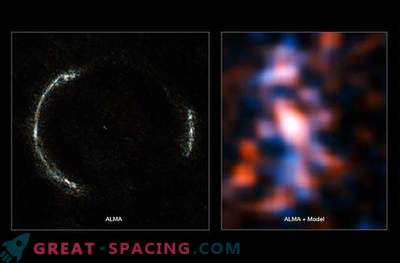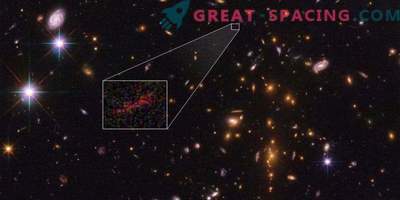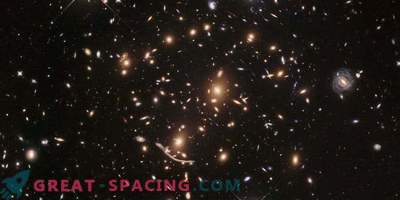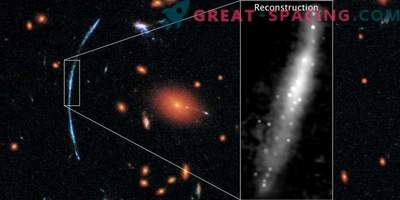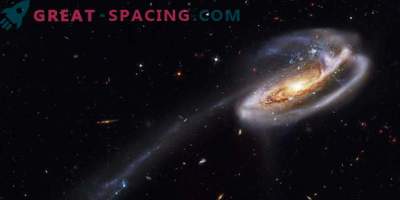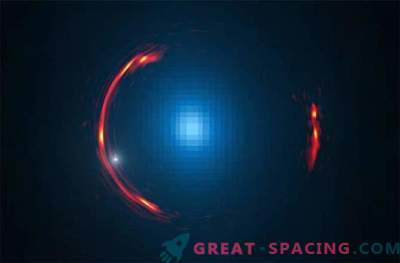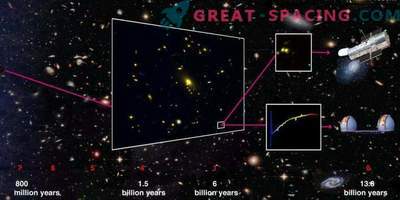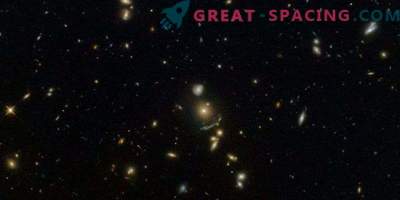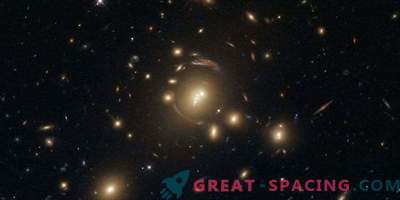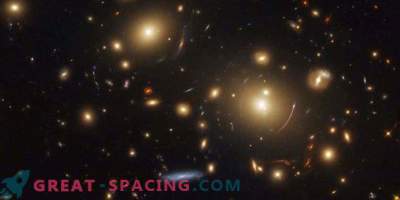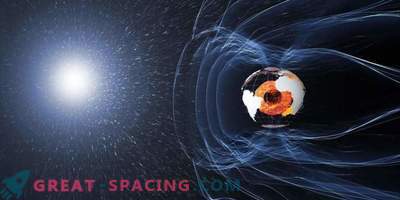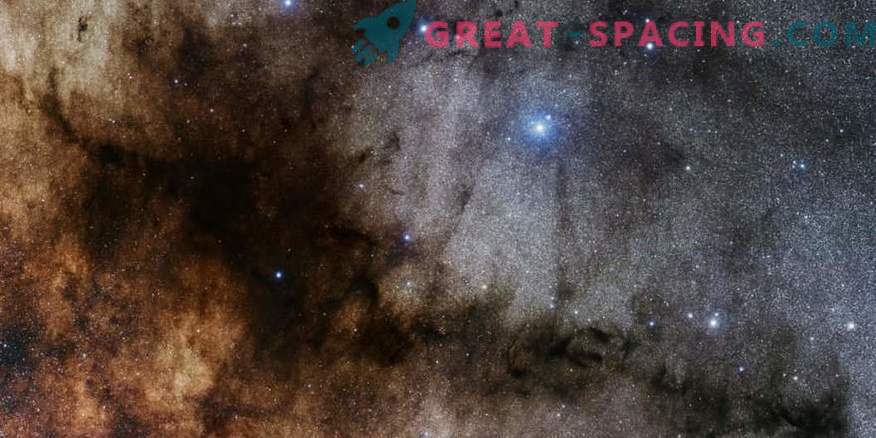
Distant galaxies are too weak to observe even in the largest telescopes. But the Universe gave us a solution - gravitational lensing, predicted by Albert Einstein. With it, scientists were able to get one of the most extreme cases of natural magnification.
With the help of the Hubble Space Telescope, the researchers were able to study a sample of a huge galactic cluster and find a distant galaxy eMACSJ1341-QG-1. It was increased 30 times due to the effect of space-time distortion from the massive eMACSJ1341.9-2441 cluster.
For the first time, gravitational lensing was confirmed during the 1919 solar eclipse. Then they realized that this effect can significantly increase the images of distant celestial sources, provided that there is a rather massive object between the source and us.
Galactic clusters are gigantic concentrations of dark matter and hot gas surrounding hundreds and thousands of individual galaxies, whose connection is maintained by gravity. Such structures are called “gravitational lenses”. Increasing behind the galaxy, massive clusters play the role of spatial telescopes, allowing the study of weak and distant sources. Although similar extreme increases have been observed previously, a recent discovery sets a new record for increasing the “sleeping” background galaxy, which does not form new stars in clouds of cool gas. This is a rare galactic variety, so scientists are interested in analysis.
Sleeping galaxy is at the last evolutionary stage. But the importance is that the farther the researchers look, the deeper they go into the past. Therefore, understanding why the galaxy has stopped stellar birth so early will provide critical data about the processes affecting galactic development.
